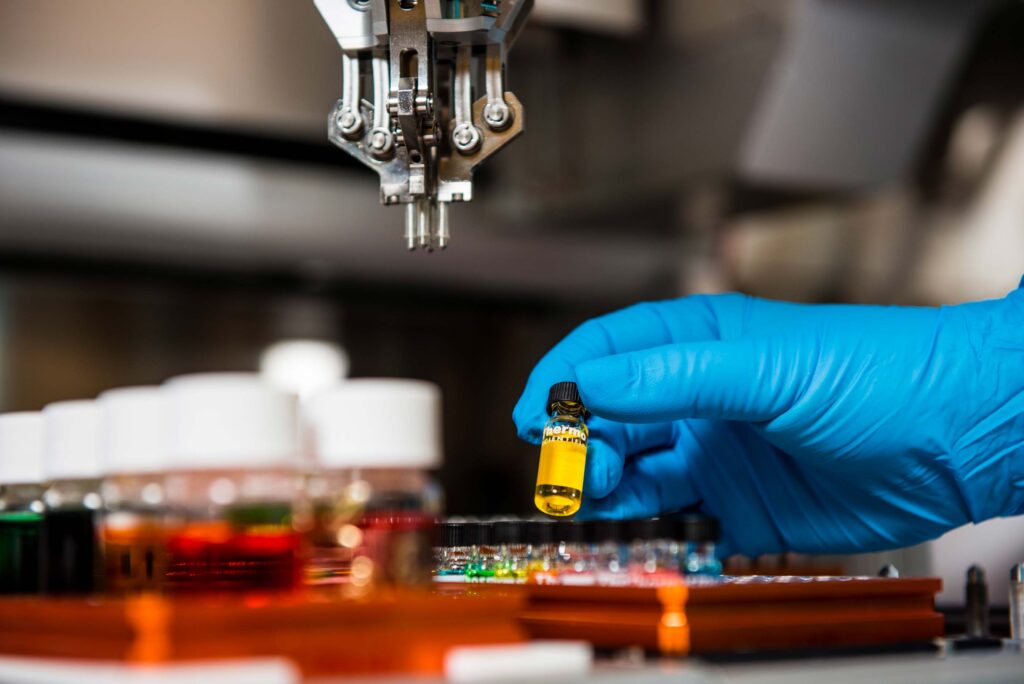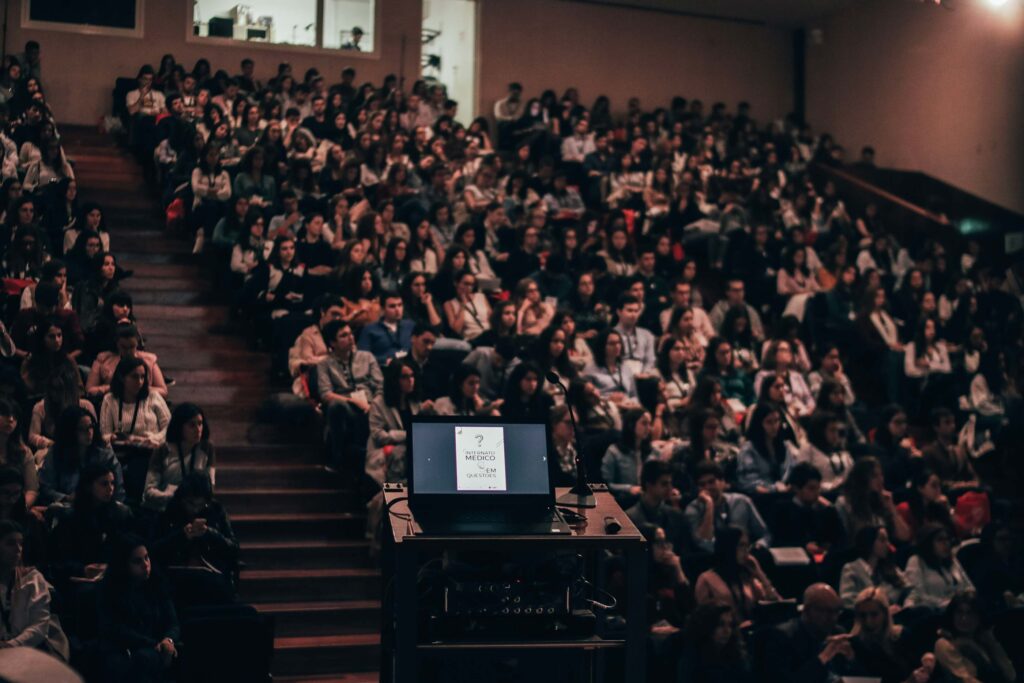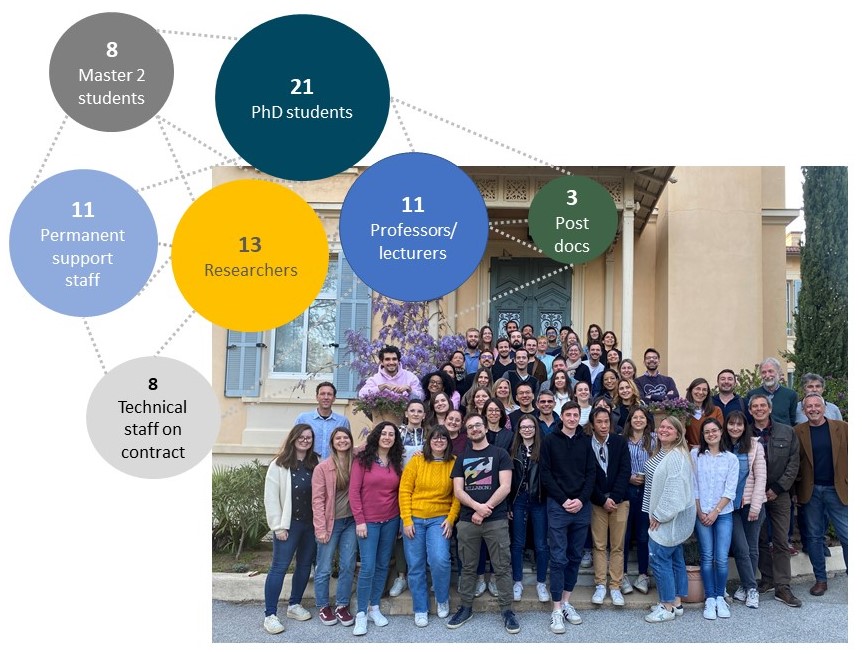



History
Founded in 1992 by Claude Lazdunski, the LISM worked on the large multi-protein complexes of the bacterial envelope – their structural dynamics and engineering for biotechnological ends. These continue to be major interests of the laboratory more than 30 years later. Since 2024, the LISM is directed by Eric Cascales.
Internal structure
The LISM brings together 9 research teams whose themes are centered on the study of biological membranes and in particular the envelope of Gram-negative bacteria.
This envelope comprises two membranes separating a periplasmic space that includes the peptidoglycan, considered to be the skeleton of the bacteria, giving it its shape and rigidity.
The envelope is the site of exchanges between the cell and its environment: entry of compounds essential to the development of the bacterium but also a protective barrier against toxic compounds. This envelope also controls the secretion of proteins in the external environment and makes it possible to detect variations in the environment and thus regulate cellular processes to adapt to them. Finally, the inner membrane has an essential role in the cell’s energy metabolism.

Location
The Laboratory is located on the CNRS campus in southern Marseille close to the beaches, shops, and public transport.

Scientific environment
The CNRS campus provides an excellent scientific environment for the researchers of the LISM which forms part of the IMM. This Institute provides access to a series of technological platforms with state-of-the-art equipment for many cutting-edge technologies.
Institutional associations




